Researchers at the University of California-San Francisco (UCSF) led the first US safety trial of immunotherapy for patients with type 1 diabetes, and found that trial participants experienced no serious adverse reactions to the treatment. Patients participating in the trial were given up to 2.6 billion cells designed to protect the insulin-producing mechanisms in the body.
Type 1 diabetes is classified as an autoimmune disease because the patient’s immune system attacks their own insulin-secreting cells – known as beta cells – which are found in the pancreas. Historically, treatments for type 1 diabetes have focused on suppressing this immune response, but as the immune system is necessary to fight off infections, these treatments can make a patient more vulnerable to cancer and pathogens.
The researchers in the present study used regulatory T cells (or Tregs) – which are capable of suppressing the immune system’s attack on beta cells, while maintaining the beneficial activities of the immune system – to test their therapeutic effect on type 1 diabetes. This concept is known as “immune tolerance”, and further details of the study were published in the journal, Science Translational Medicine.
“This could be a game-changer,” said Dr. Jeffrey A. Bluestone, the A.W. and Mary Margaret Clausen Distinguished Professor in Metabolism and Endocrinology at UCSF, and primary author of the study. For type 1 diabetes, we’ve traditionally given immunosuppressive drugs, but this trial gives us a new way forward. By using Tregs to ‘re-educate’ the immune system, we may be able to really change the course of this disease.”
According to Bluestone and other members of the research team, the positive safety results of the Phase I trial, “support the development of a Phase II trial to test efficacy of the Treg therapy.” The regulatory T cells used in the trial were harvested from the trial participants, and modified ex vivo.
The doctors removed less than two cups of blood from each patient, and began the process of separating the 2 to 4 million Treg cells, from the other cells found in the sample. The research used a technique called fluorescence-activated cell sorting (FACS) to achieve the separation, and proceeded to culture the Treg cells on a growth medium.
The expansion step increases the number of available Tregs by 1,500 times the number originally harvested, and the researchers note that cells produced by this method are more capable of suppressing negative actions of the immune system in patients with type 1 diabetes. These cells are also more likely to survive for longer periods of time in the body.
Overall, 14 patients with recent-onset type 1 diabetes between the ages of 18 and 43, were segregated into four treatment groups, each of which received successively higher numbers of Treg cells in their infusions. While patients in the first group were given 5 million cells, patients belonging to the fourth group were given 2.6 billion cells.
The trial was the first of its kind in the US to culture large populations of Treg cells using the techniques outlined by the researchers, with subsequent infusion of the expanded cells back into each patient. The researchers found that not only were the infused cells well-tolerated among participants, but they could still be detected in a patient’s system a year after they received the transfusion.
Based on these positive results, Caladrius Pharmaceuticals in already planning a Phase II trial of the immunotherapy for type 1 diabetes. “Using a patient’s own cells — identifying them, isolating them, expanding them, and infusing them back into the patient — is an exciting new pillar for drug development, and we expect Tregs to be an important part of diabetes therapy in the future,” said Bluestone.
Sources:
- Immunotherapy for type 1 diabetes deemed safe in first US trial – http://www.sciencedaily.com/releases/2015/11/151125143736.htm
- Bluestone, J., Buckner, J., Fitch, M., Gitelman, S., Gupta, S., Hellerstein, M., Herold, K., Lares, A., Lee, M., Li, K., et al. (2015). Type 1 diabetes immunotherapy using polyclonal regulatory T cells. Science Translational Medicine, 7 (315).


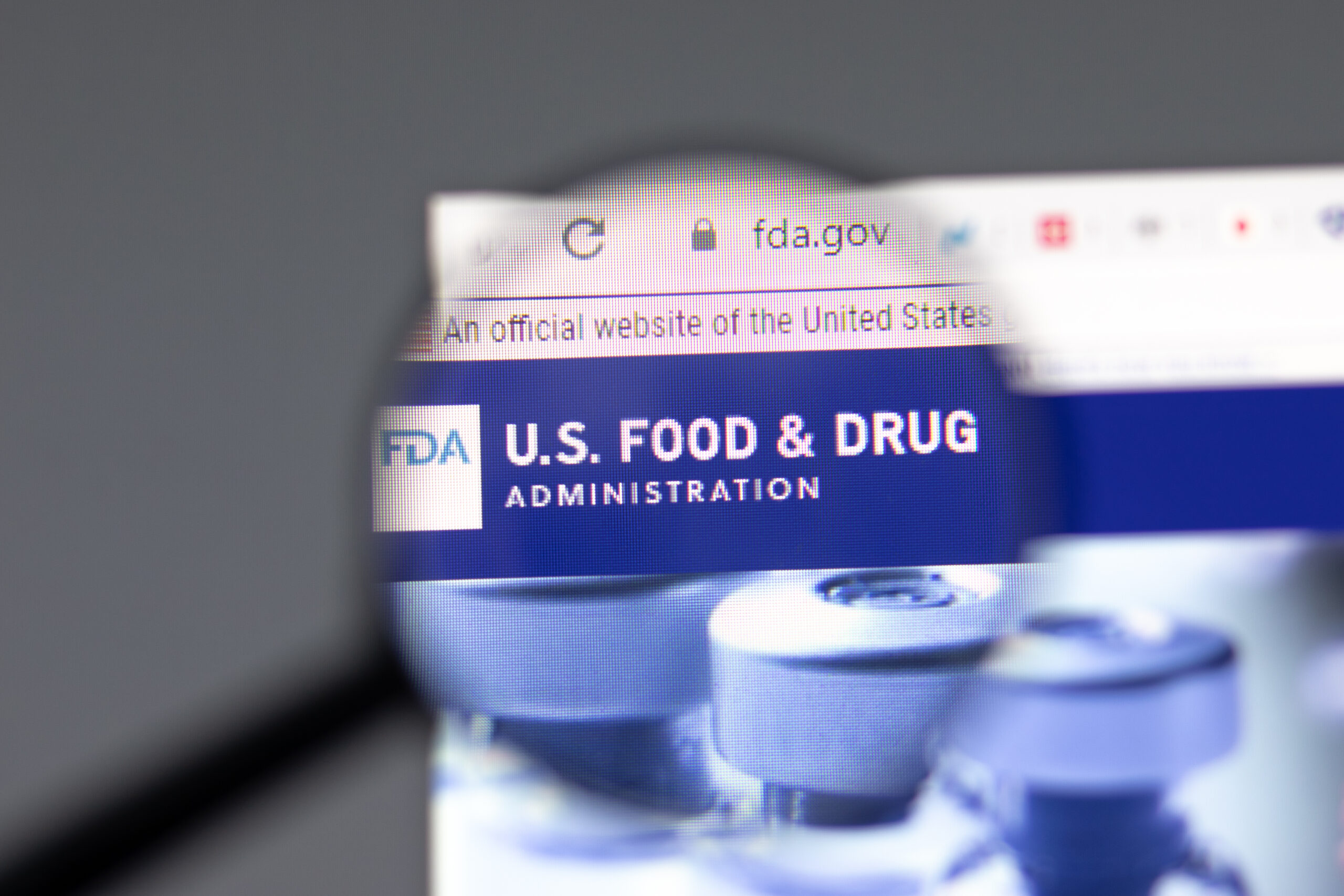
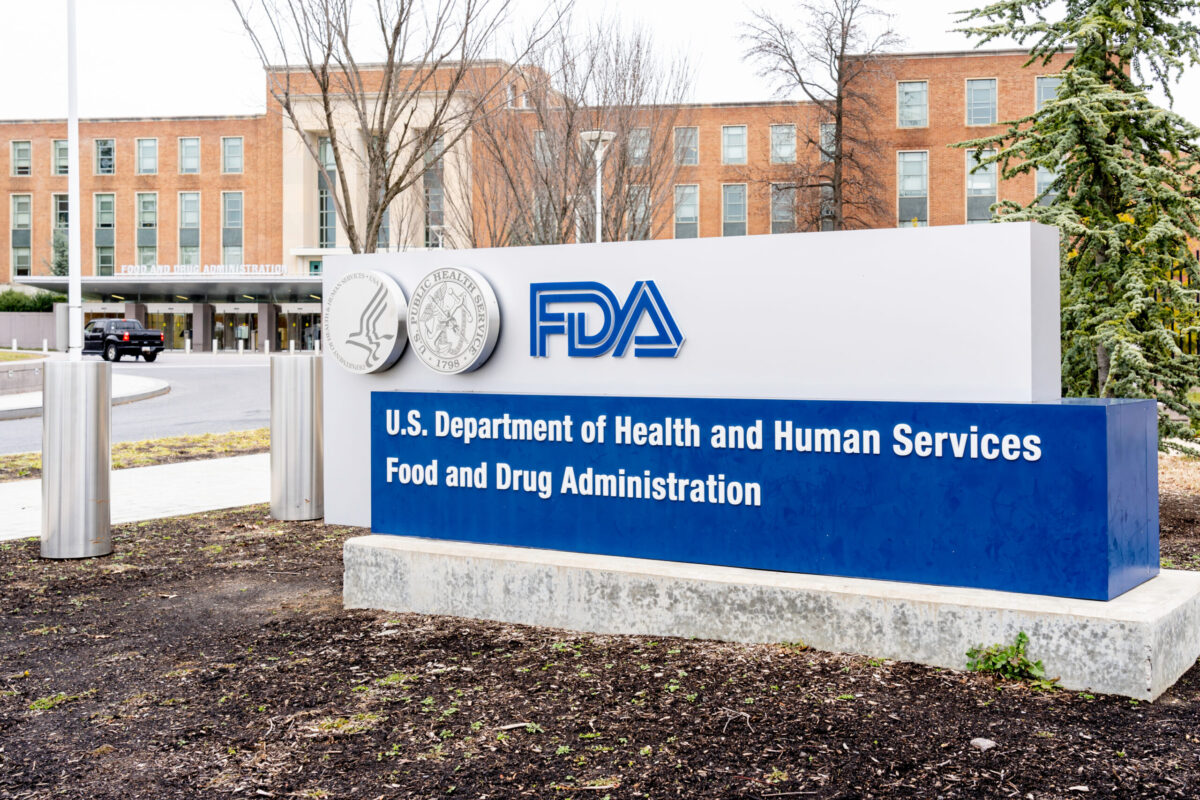
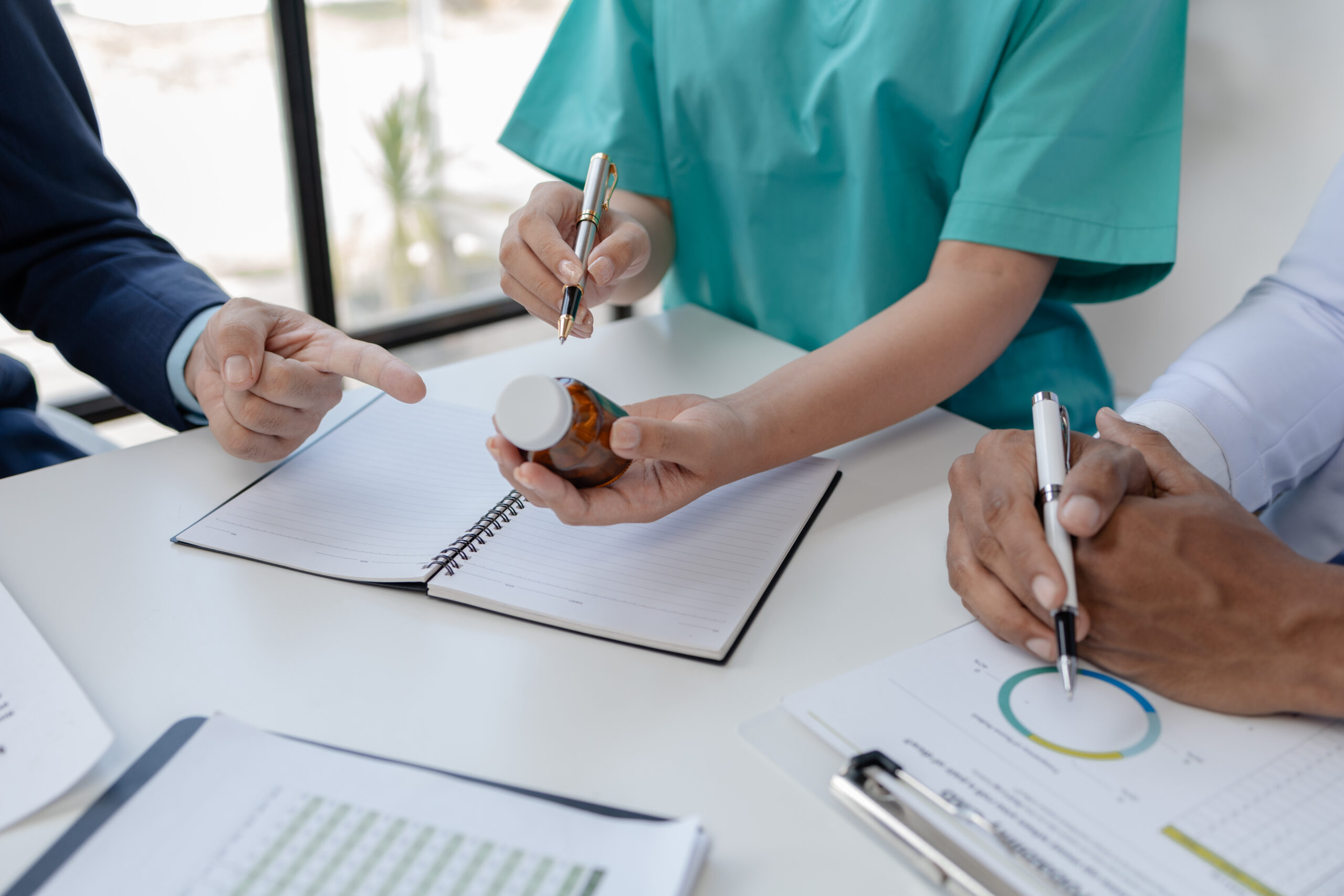
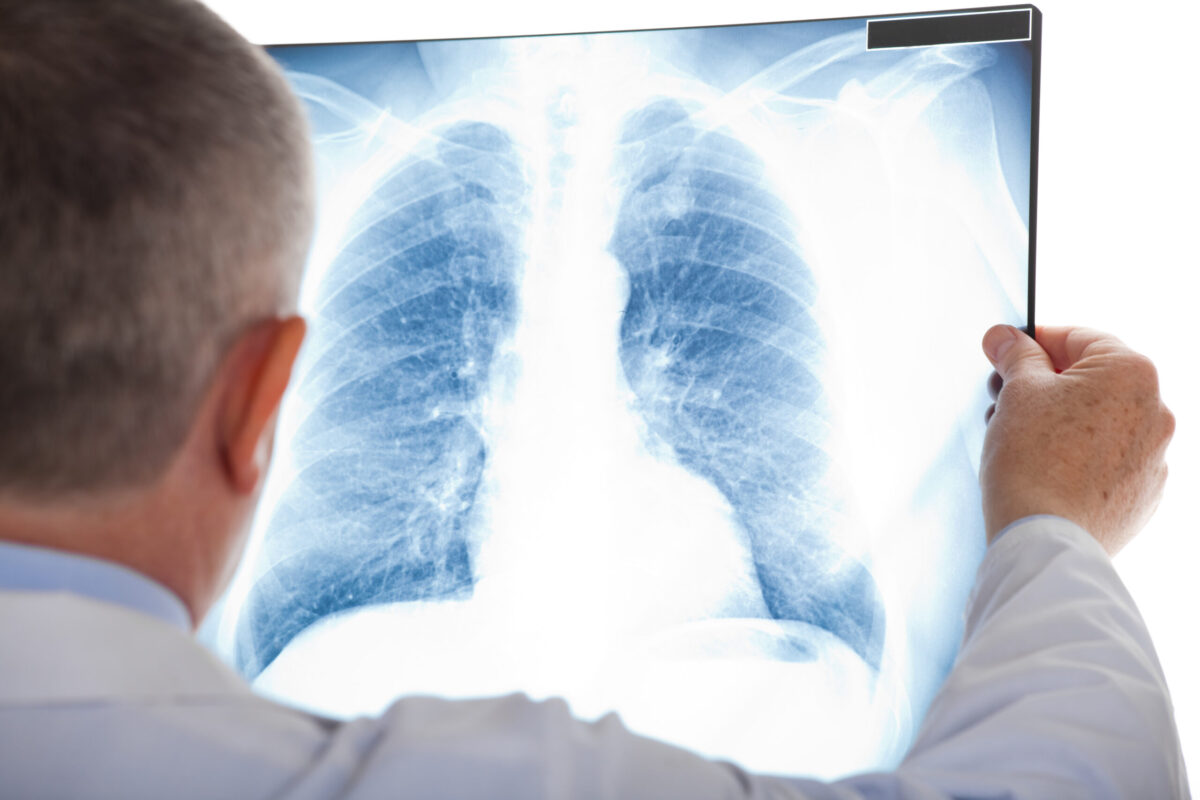
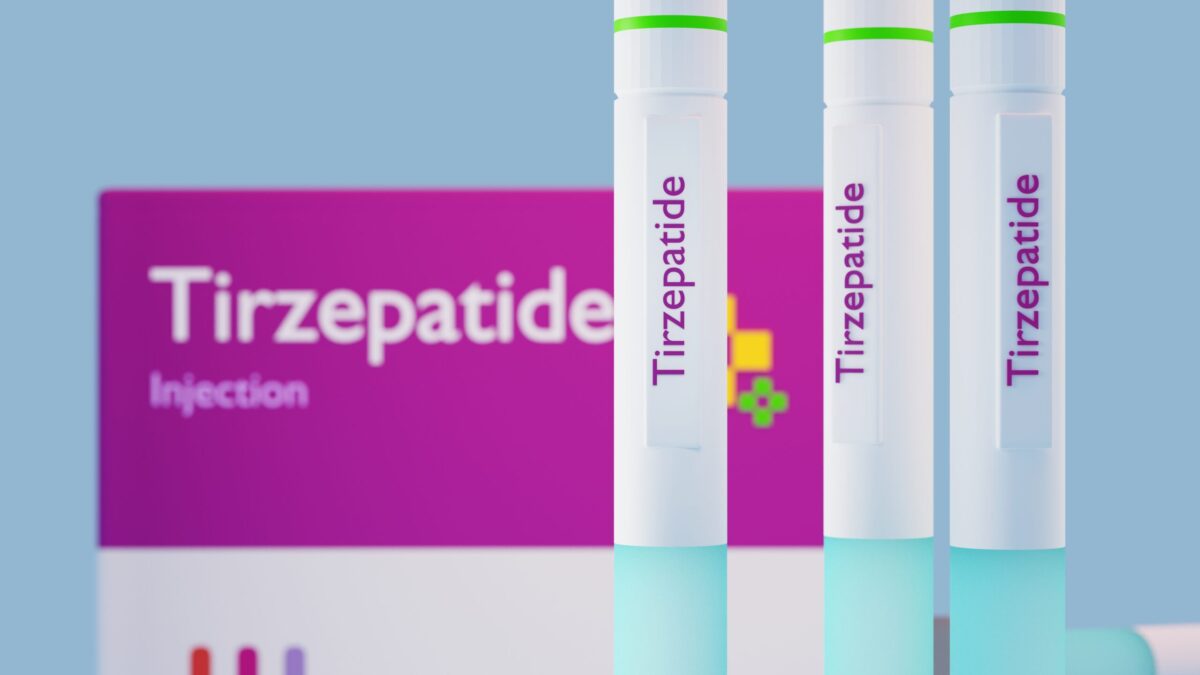





Join or login to leave a comment
JOIN LOGIN